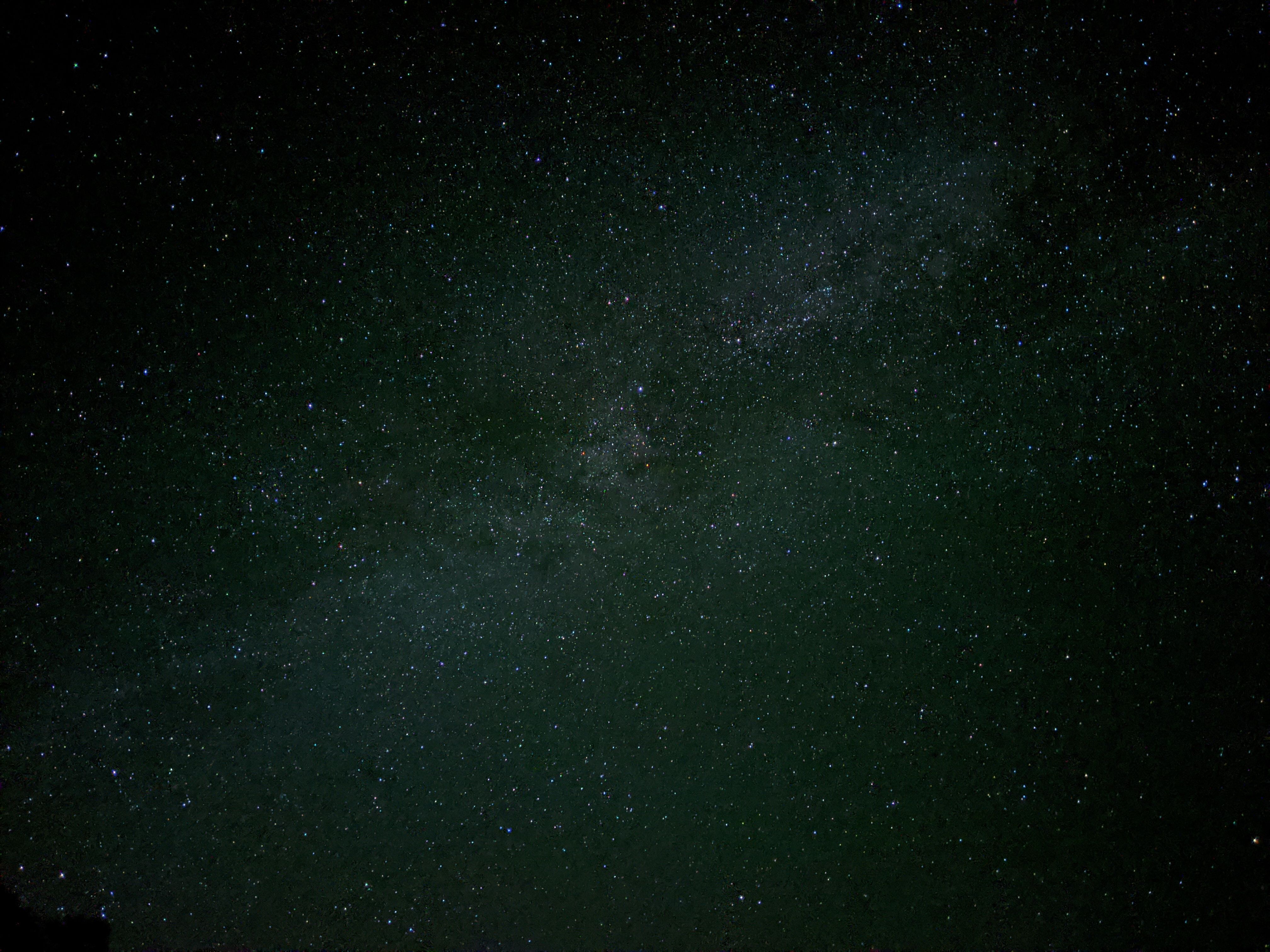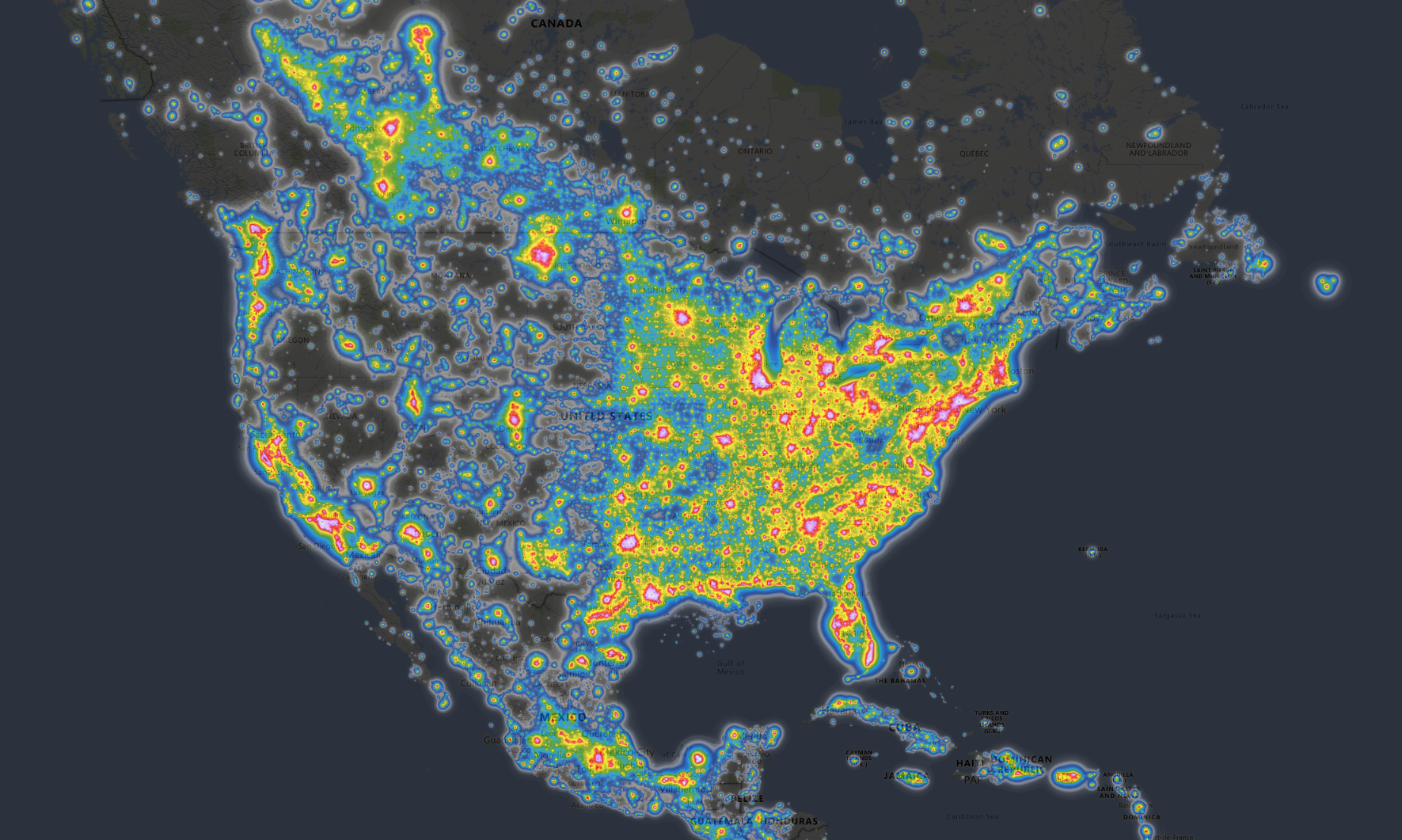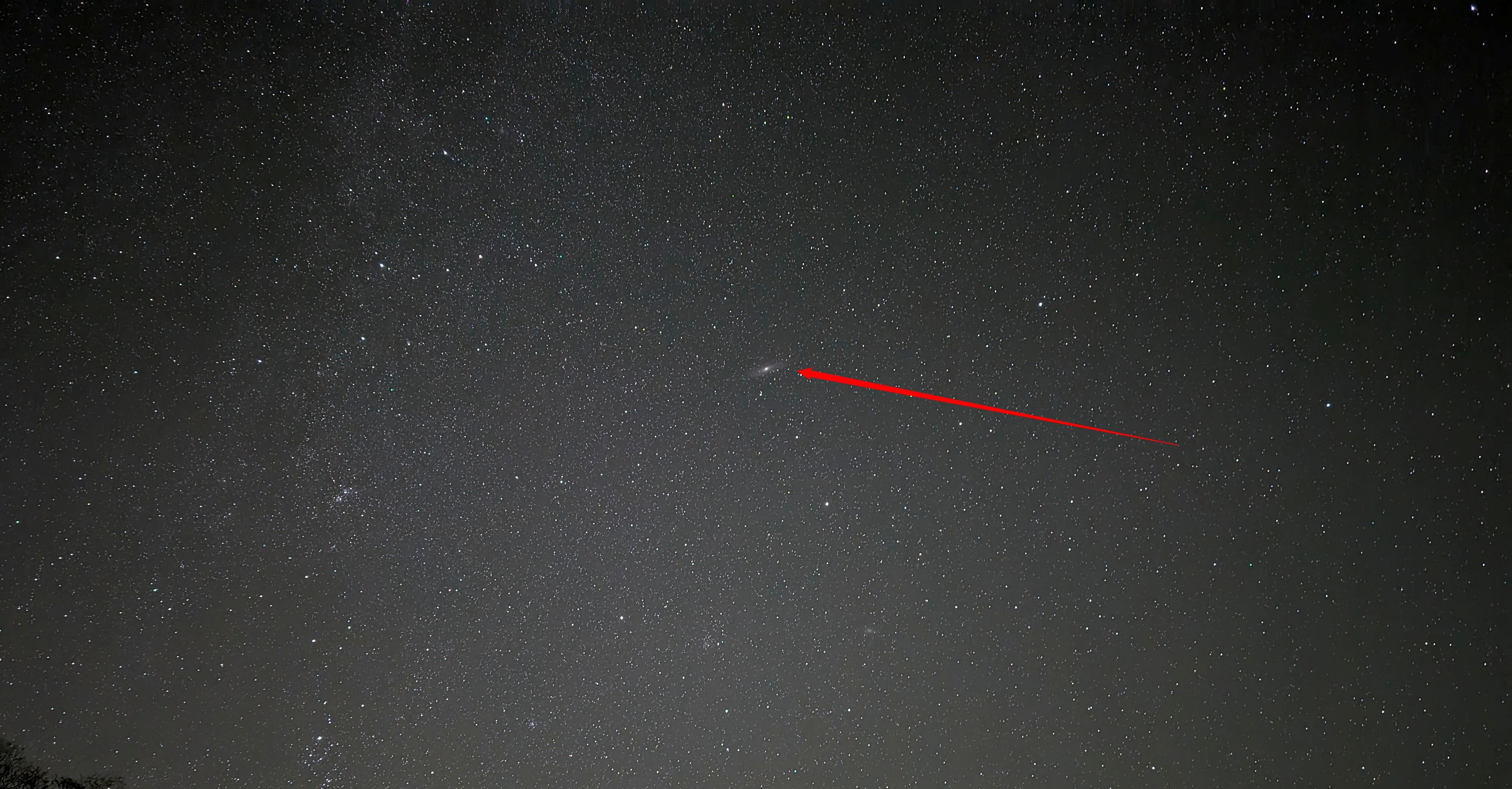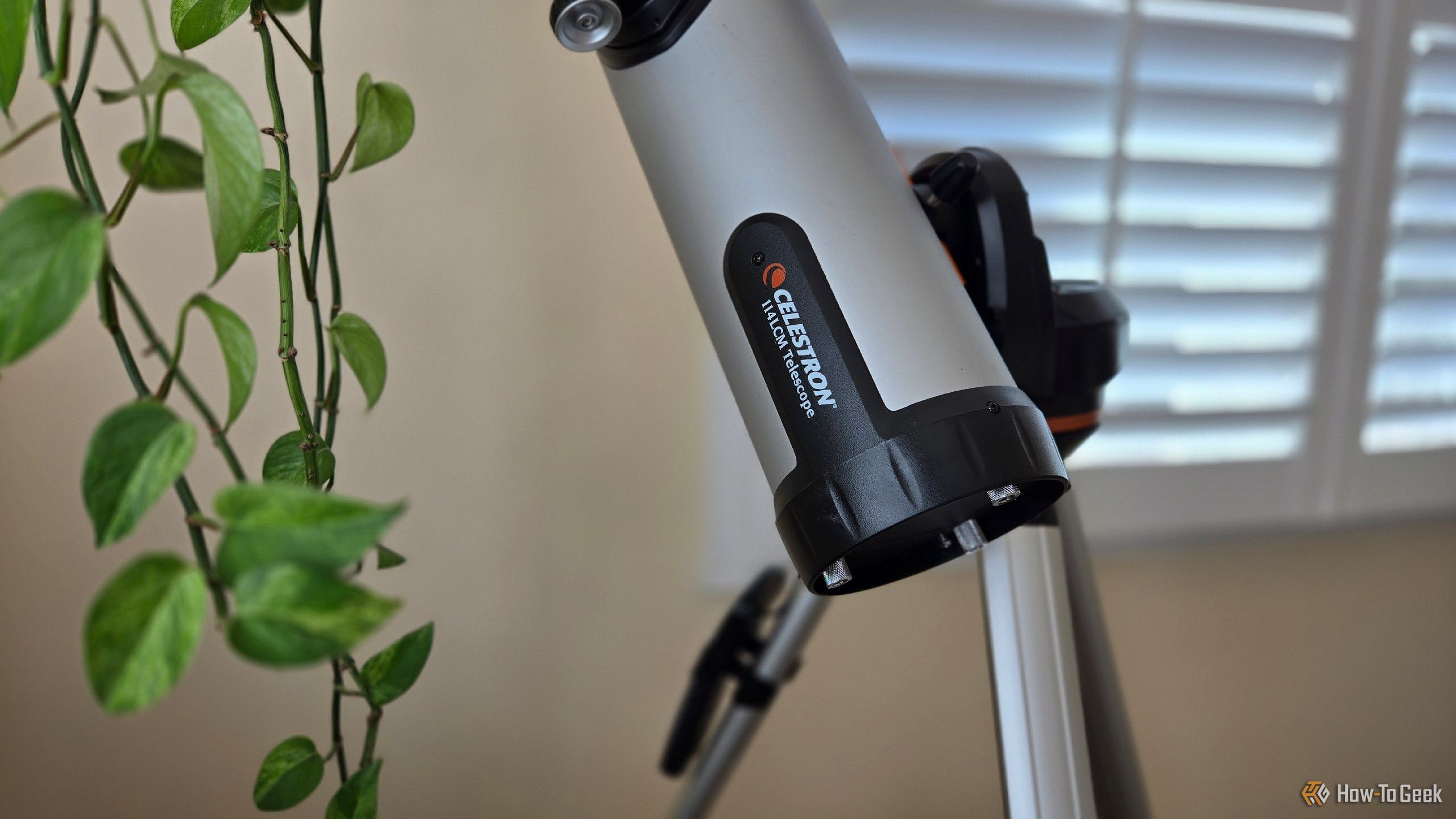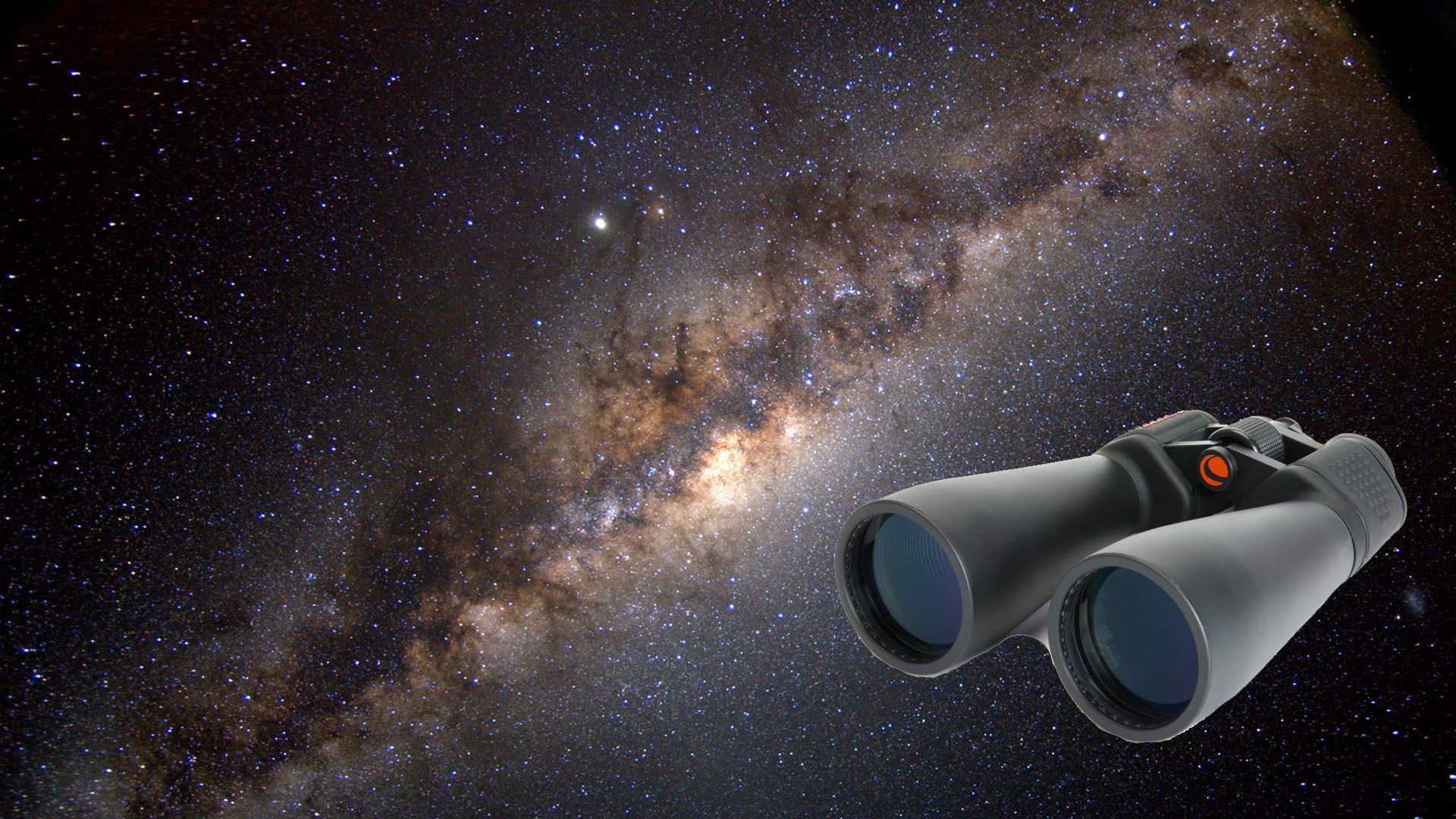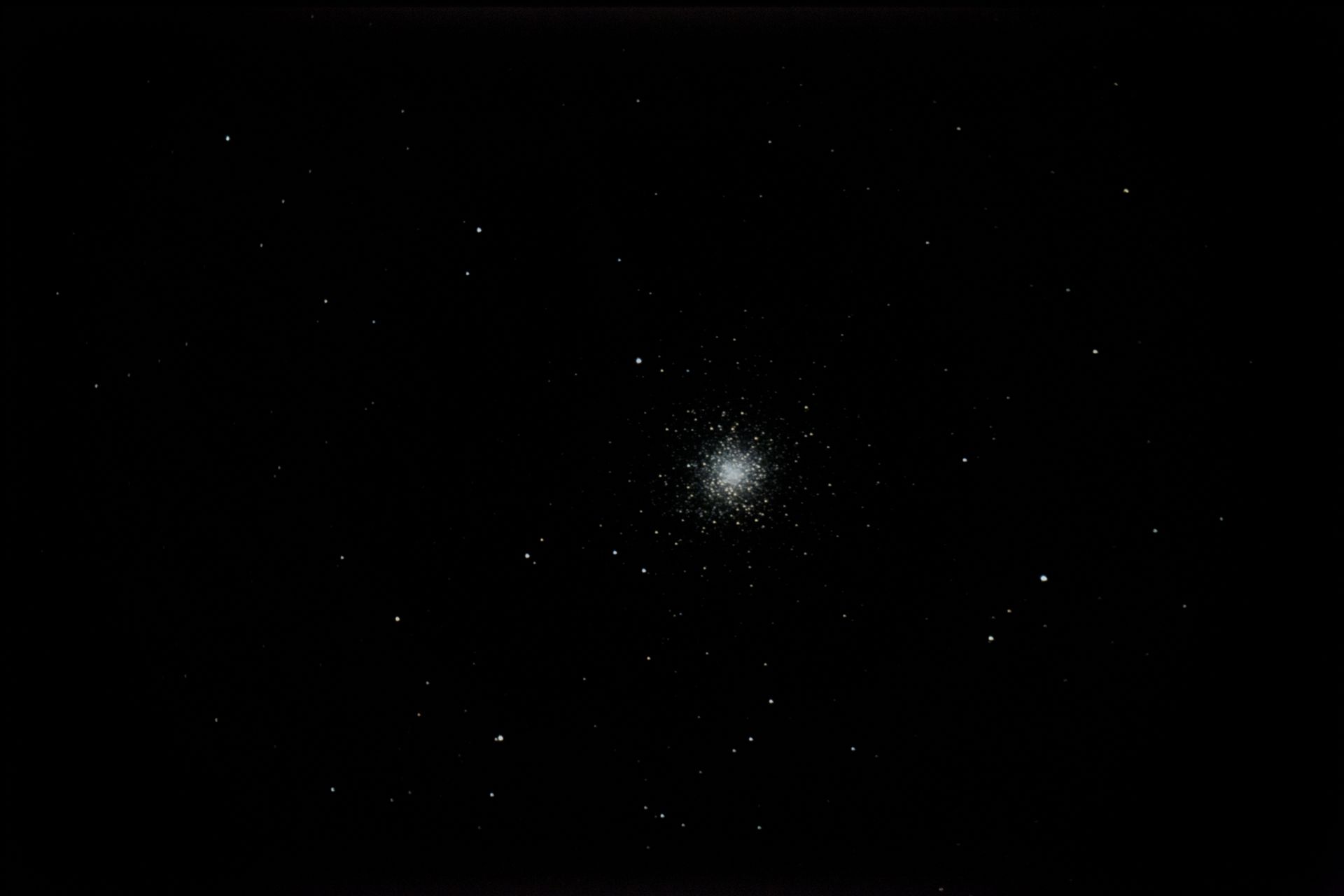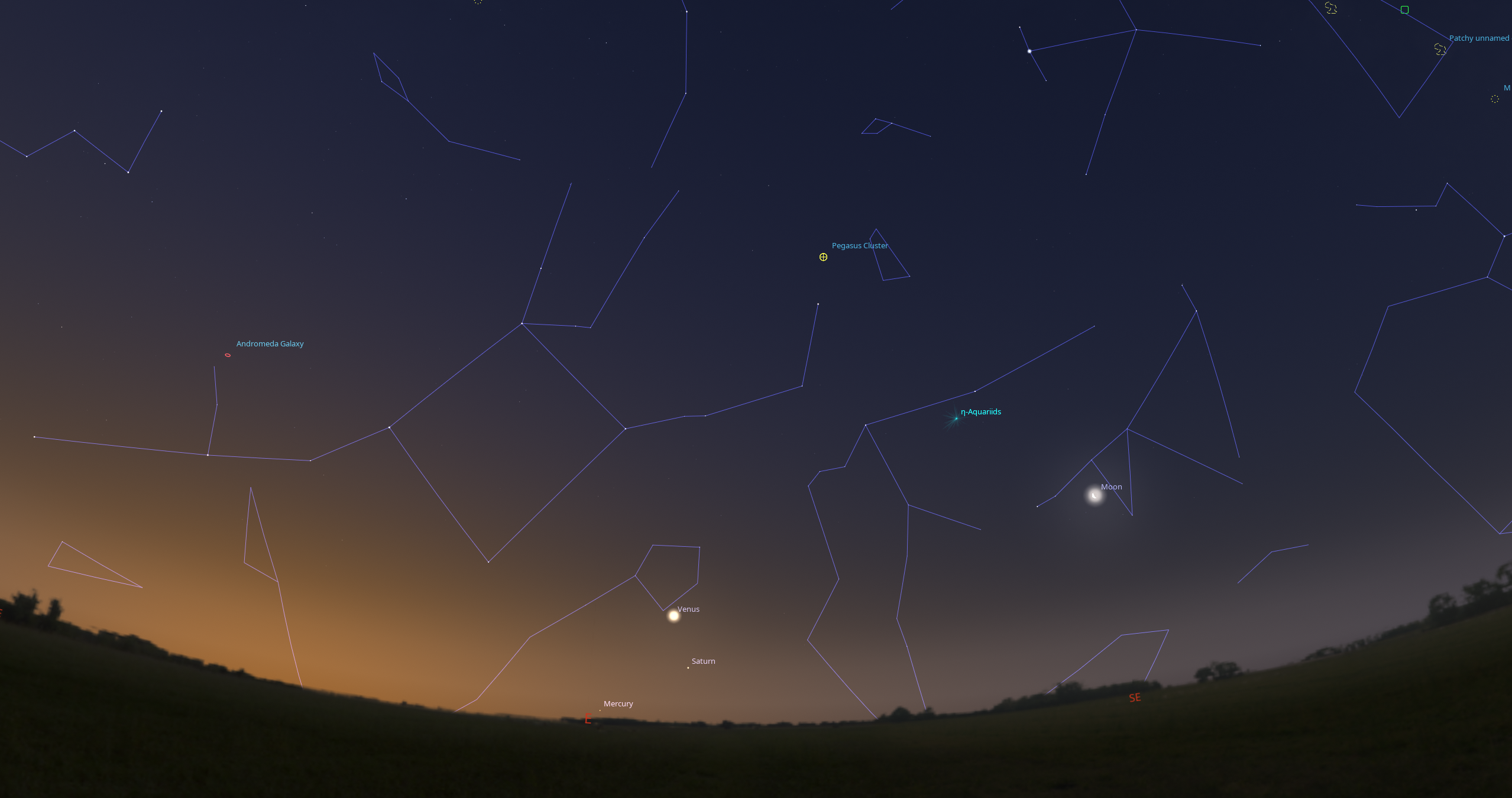Earth Day is about celebrating our own “pale blue dot,” but sometimes stargazing can help us appreciate what is right in front of us even more. Plus, looking up at the night sky is the perfect activity if you’re looking to shut off the lights and save a little power.
 Let Your Eyes Adjust
Let Your Eyes Adjust
If you’re coming from the inside of your home or the inside of a car, both of which are loaded with light, you’ll need to give your vision some time to adjust before you get stargazing.
Your pupils will reach their maximum size within a few minutes, but there is more to night vision than just your pupils.
Within your eyes, there are two types of photoreceptors: rods and cones. Rods are primarily responsible for your night vision, whereas cones are responsible for high-detail color vision.
Scientists have found that rods require a protein called rhodopsin to function—it is actually rhodopsin that converts light into chemical signals your nervous system can interpret. Critically, studies have shown that it takes 15 and 20 minutes for your eyes to produce the maximum amount of rhodopsin. As a result, it takes the same amount of time for your night vision to reach its peak sensitivity.
It might seem like a waste of time, but trust me: letting your eyes adjust fully to the dark will enable you to see objects you never even knew existed.
Get Away From Civilization
Light pollution has a pretty dismal effect on your view of the stars. If you can, you should try and get as far away from lights as possible.
Depending on your circumstances, that might just mean putting a building or tree between you and that blinding streetlight, or, if you have the means, traveling to the a dark site, where your views will be much better.
Darksky.org has an excellent page that lets you identify the darkest skies near you. There are even locations in some urban areas that are decent.
Skip On The Phone
However useful phones might be, given the multitude of planetarium apps, you should refrain from using them as much as possible if you want to maximize the number of things you can spot.
Even the lowest brightness settings on phones are dozens of times brighter than the dim stars you can see under ideal conditions. If you’re constantly messing up your night vision by checking your phone, there is a good chance many of the dimmer, more elusive objects in the sky won’t be visible to you.
That includes some of the most interesting things, like open clusters and galaxies, which are difficult to spot.
Bring a Red Light
If you’re going stargazing, a red light (or a red filter) is a must. When it comes to night vision, not all light is the same. White light actually contains the entire visible spectrum, which includes blue, green, and red light.
Rhodopsin, the protein responsible for enabling your night vision, is effectively destroyed almost instantly by light with a wavelength around 500nm, which is blue-green. That is why white light—which includes 500nm—messes with your night vision.
Pure red light, on the other hand, only slowly depletes rhodopsin, which means you can use red lights without interfering with your night vision. You should still try to keep it dim, though, as a bright red light will mess up your night vision.
There are dedicated red LED lights you can buy, but I usually just place a piece of red cellophane (left over from some holiday decorations) inside my phone case so it covers the flashlight. If you do get a dedicated red light, I recommend against a headlamp—it is way too easy to accidentally blind your fellow stargazers with one.
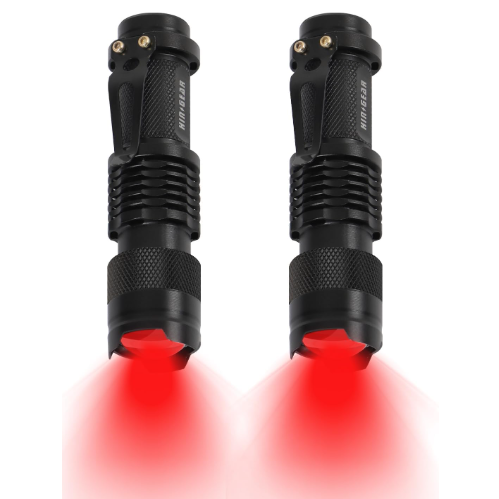
HinsGEAR Red Flashlight LEDs
The HinsGEAR LED Red Flashlights are useful for nighttime activities. They help you see things without adversely affecting eyes in the way that a phone torch might do, and they tend to have less impact on nocturnal animals than other types of light.
Bring a Telescope or Binoculars
You can see some pretty impressive things in space with just your eyes—the Andromeda galaxy is 2.5 million light years away after all, and the Milky Way is always exciting.
However, there is an entire universe (literally) of things that you can only see with a telescope or binoculars. You don’t need to go out and spend 1,000 dollars on a telescope, or 500 dollars on specialty binoculars with an expensive optical coating. Any entry-level pair of binoculars will get you started. You can see many of the moons of Jupiter and potentially the rings of Saturn with a pair of binoculars.
Open clusters go from hazy smudges you can’t look directly at to obvious clusters containing dozens or hundreds of stars.
A telescope takes you even further. Depending on your telescope, you’ll be able to resolve the swirling patterns on Jupiter, see the Martian ice caps, and clearly distinguish Saturn’s rings. Globular clusters, which are at best faint smudges through binoculars, resolve into individual stars.
Know What You Can See in the Sky
While not strictly necessary, it helps to have an idea of what you might want to look at in advance. If nothing else, it helps you time your trip.
Here are a few popular viewing choices to get you started.
On Earth Day, Mercury, Venus, and Saturn will all be visible to the east early in the morning. Venus will be the brightest object in the sky until the Sun comes up, though Mercury and Saturn will be harder to pick out.
Andromeda will also be visible, though it might be difficult to spot in the glow of the early morning.
In the evening, Jupiter and Mars will be visible to the south or southwest with Jupiter setting first.
Jupiter will be easily visible in all but the worst viewing conditions, as it is the fourth-brightest object in the night sky. Mars is tougher to spot, but the distinct red color makes it stand out. The Beehive Cluster, an open cluster about 600 light years from Earth, will be very close to Mars. If you have reasonably dark skies (or binoculars), you’ll be able to see it.
Orion will also be visible, which means you may even be able to see Orion’s Nebula if you have a telescope.
Remember to dress for the weather. No activity is fun if you’re frigid, and Earth Day falls right at the time of year when the weather could be perfectly pleasant or below freezing.


 Let Your Eyes Adjust
Let Your Eyes Adjust